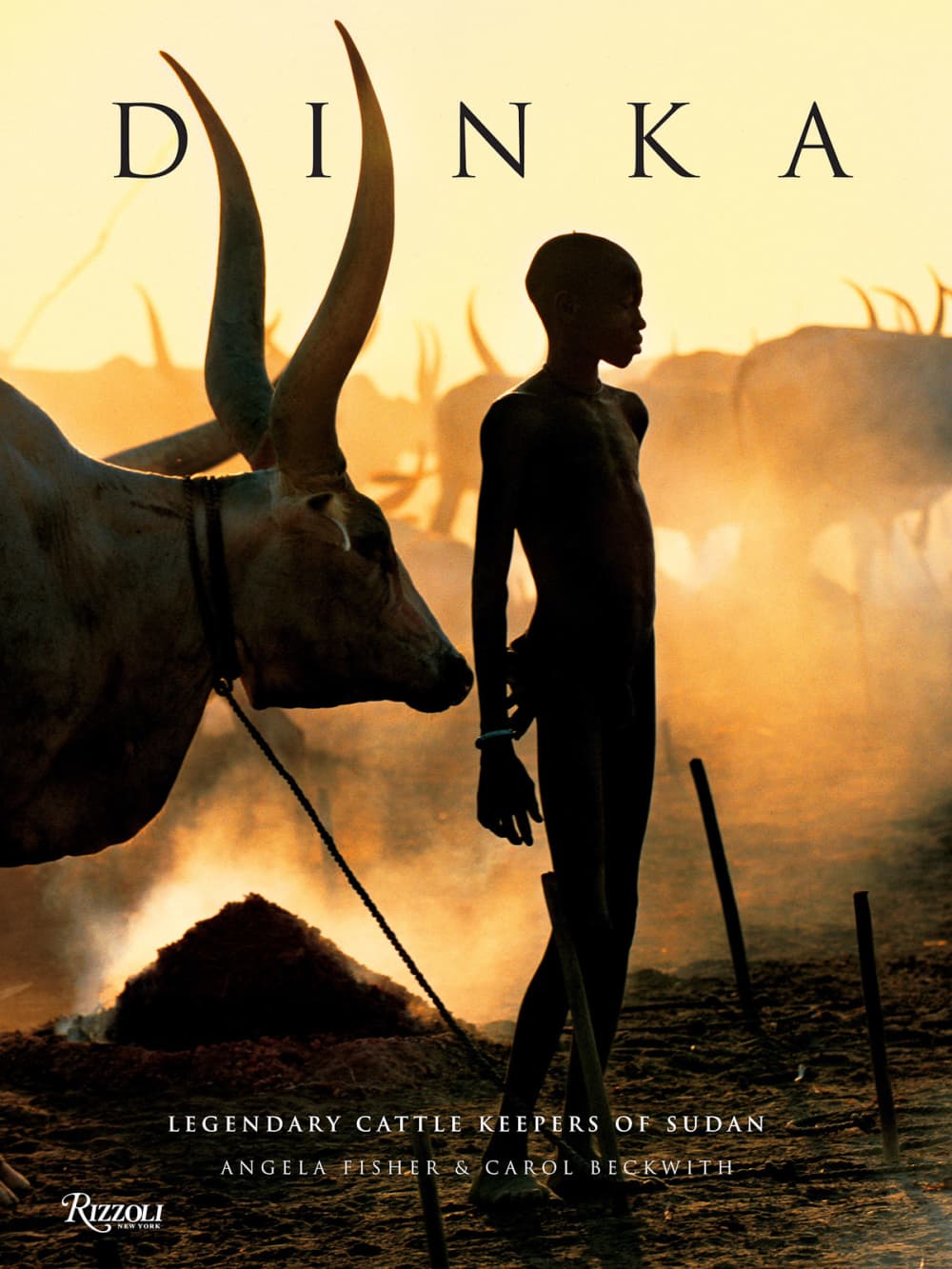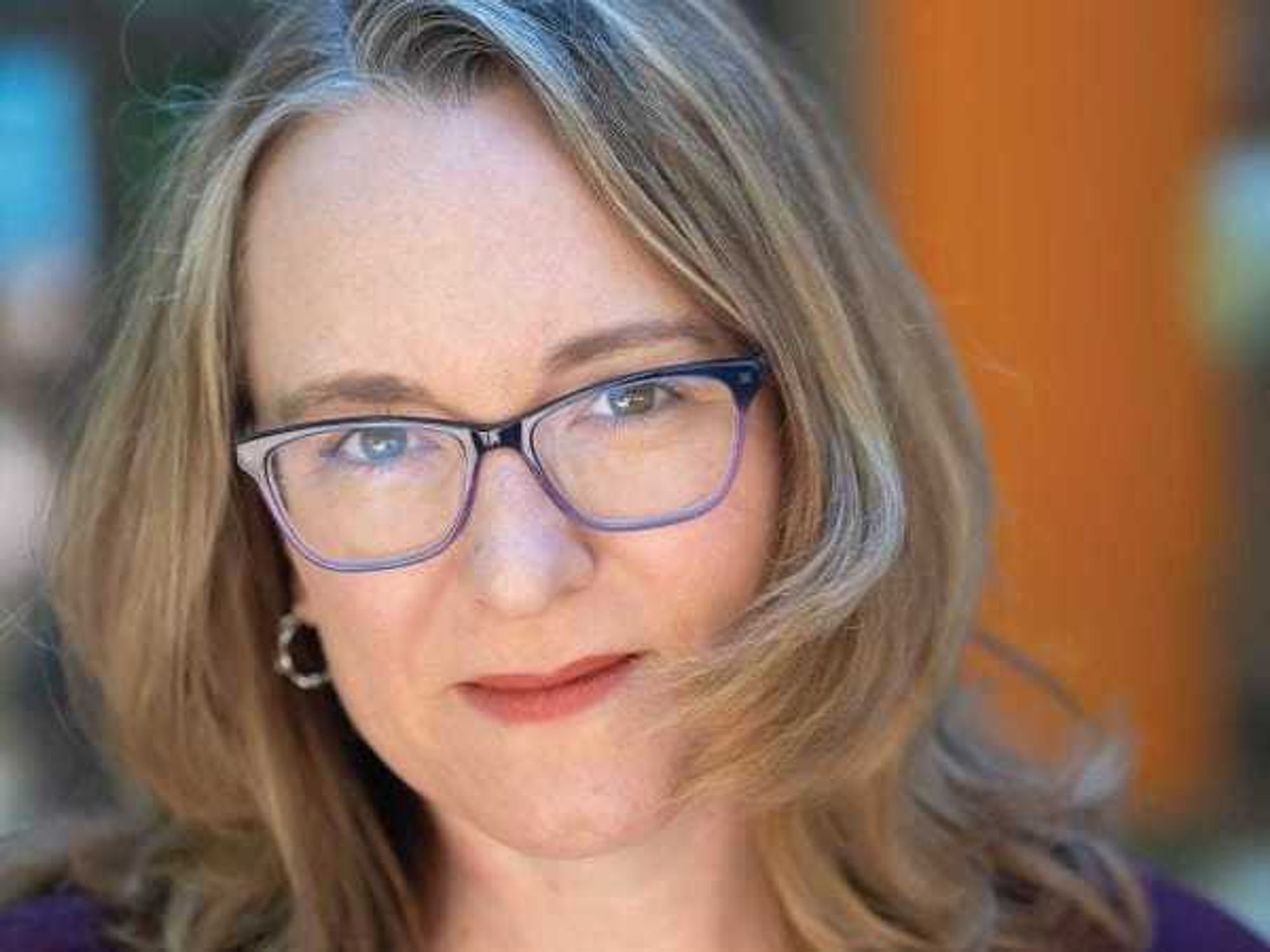Photographic Lecture Wednesday night
The Menil reveals the hidden lives of Africa's legendary Dinka, the tallestpeople in the world
 The photographers will describe the symbiosis of the Dinka and their cattle.
The photographers will describe the symbiosis of the Dinka and their cattle. Carol Beckwith, left, and Angela Fisher
Carol Beckwith, left, and Angela Fisher The visual lecture, Dinka: Legendary Cattle Keepers of the Sudan, will be heldWednesday, May 25 at 8 p.m. The event is free and open to the public.
The visual lecture, Dinka: Legendary Cattle Keepers of the Sudan, will be heldWednesday, May 25 at 8 p.m. The event is free and open to the public.
Over 30 years ago, photographers Carol Beckwith and Angela Fisher met in Nairobi, Kenya knowing only that they both shared a passion for documenting the indigenous cultures of the African continent. Within a matter of days, the duo had already embarked on a shoot in the African wilderness.
Following a decades-long civil war in the Sudan, Beckwith and Fisher were able to penetrate the region and document the legendary Dinka, an ethnic group known for their extraordinary devotion to their cattle. Having assembled a slew of breathtaking photographs of the Dinka people, the photographers are visiting the Menil Collection on Wednesday evening to present the fruits of their labor.
During a conversation with CultureMap, Beckwith and Fisher elaborated on the difficult task of documenting the Dinka. At first, the pair almost gave up after roving the tribal region for days without a sight of the Dinka and their cattle herd.
"It was very tough terrain," says Fisher, explaining that at times their four-wheel-drive vehicle would be marooned in marsh before they would be able to continue.
After reaching the decision that they would abandon the project, the pair spotted the glorious smoke of a Dinka camp in the distance.
"That was the turning point, where we realized that we had to pursue this," Beckwith says. She describes that triumphant moment with vivid memory: The striking posture of the Dinka men — the tallest people in the world — vigilantly standing by their cattle with their four-foot horns, resting in the golden hour as the flames of a campfire snaked above.
The photographers completely integrated themselves within the Dinka community. When approaching a Dinka camp, they would first visit the chief under the acacia tree.
"No cameras," says Beckwith of the primary interaction. The Dinka, also known as "gentle giants," were receptive to the pair's mission.
Beckwith and Fisher observed their tender life processes, such as the making of beaded bodices that are swapped as young women progress to marrying age. But most striking is the remarkably symbiotic relationship between the Dinka and their cattle, starting with the gifting of a calf when a boy reaches puberty, to his training its horns into a curved shape that he mimics in standing pose, reciting poetry in the cow's honor, and the quotidian responsibilities of watching over it, keeping it fed and away from harm.
Forget the popular image of wild beasts roaming the African desert — Beckwith and Fisher describe the Dinka's cattle as among the most gentle animals they've ever encountered.
Still, the task wasn't easy. The photographers would don full-body linen clothing at all times to ward off flies and lethal malarial mosquitoes. Tracking groups of Dinka in their uncharted territory was at times thankless. Fisher recounts instances in which they would drive for days without seeing another soul, and sometimes, at the moment of spotting a Dinka group, the photographers would witness the men and cattle absconding across the River Nile.
When asked what inspired their pursuit of documenting the Dinka, the pair agrees that we all have much to learn from studying the indigenous peoples of Africa. For Beckwith and Fisher, there is a "profound" sense of beauty and knowledge that links all of humankind to what is largely considered the origin of modern humans — Africa.
That profundity will be on full display Wednesday night at the Menil Collection, as the Dinka come alive through the photographers' brilliant images.
The visual lecture, Dinka: Legendary Cattle Keepers of the Sudan, will be held at 8 p.m Wednesday at the Menil. The event is free and open to the public.
